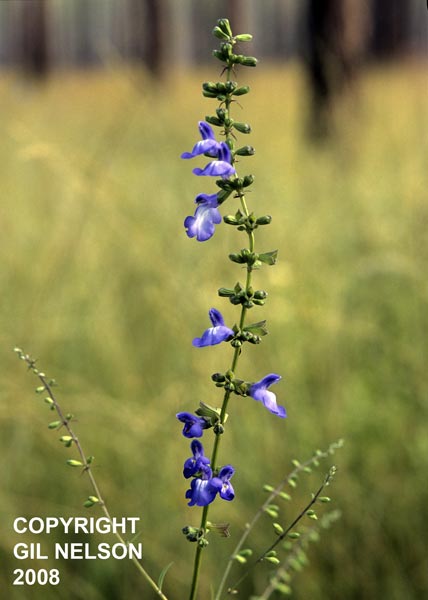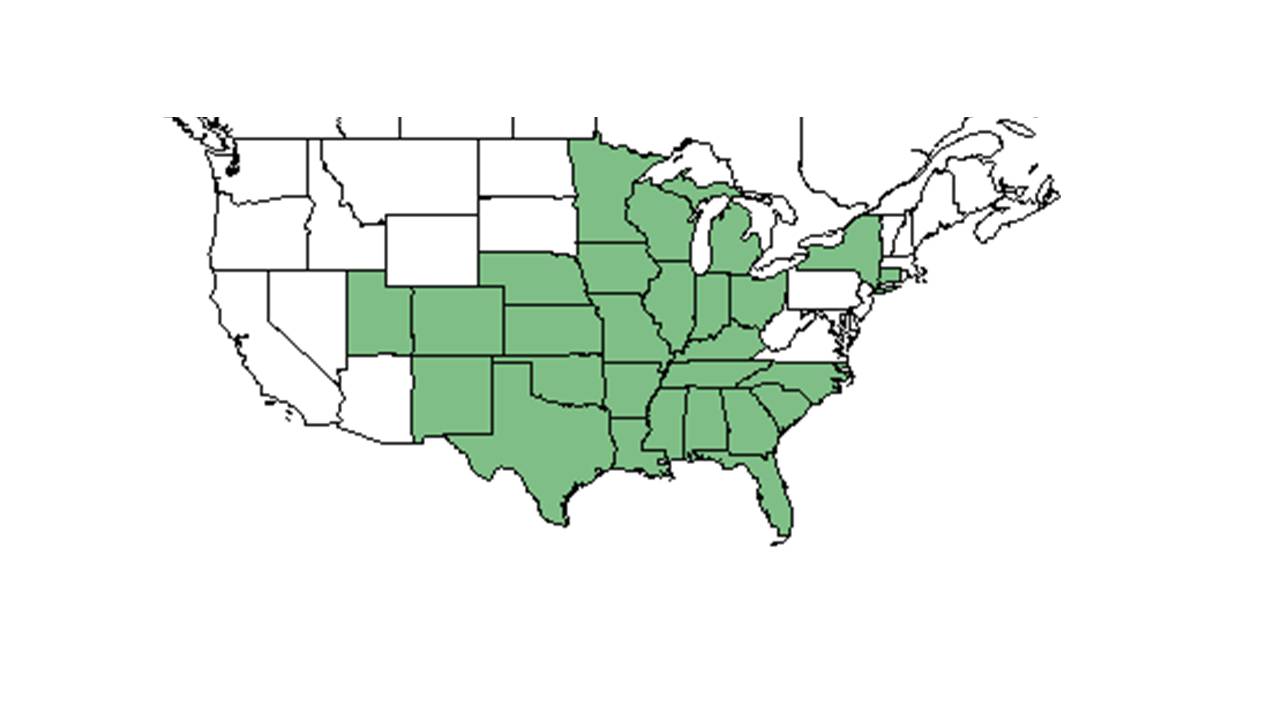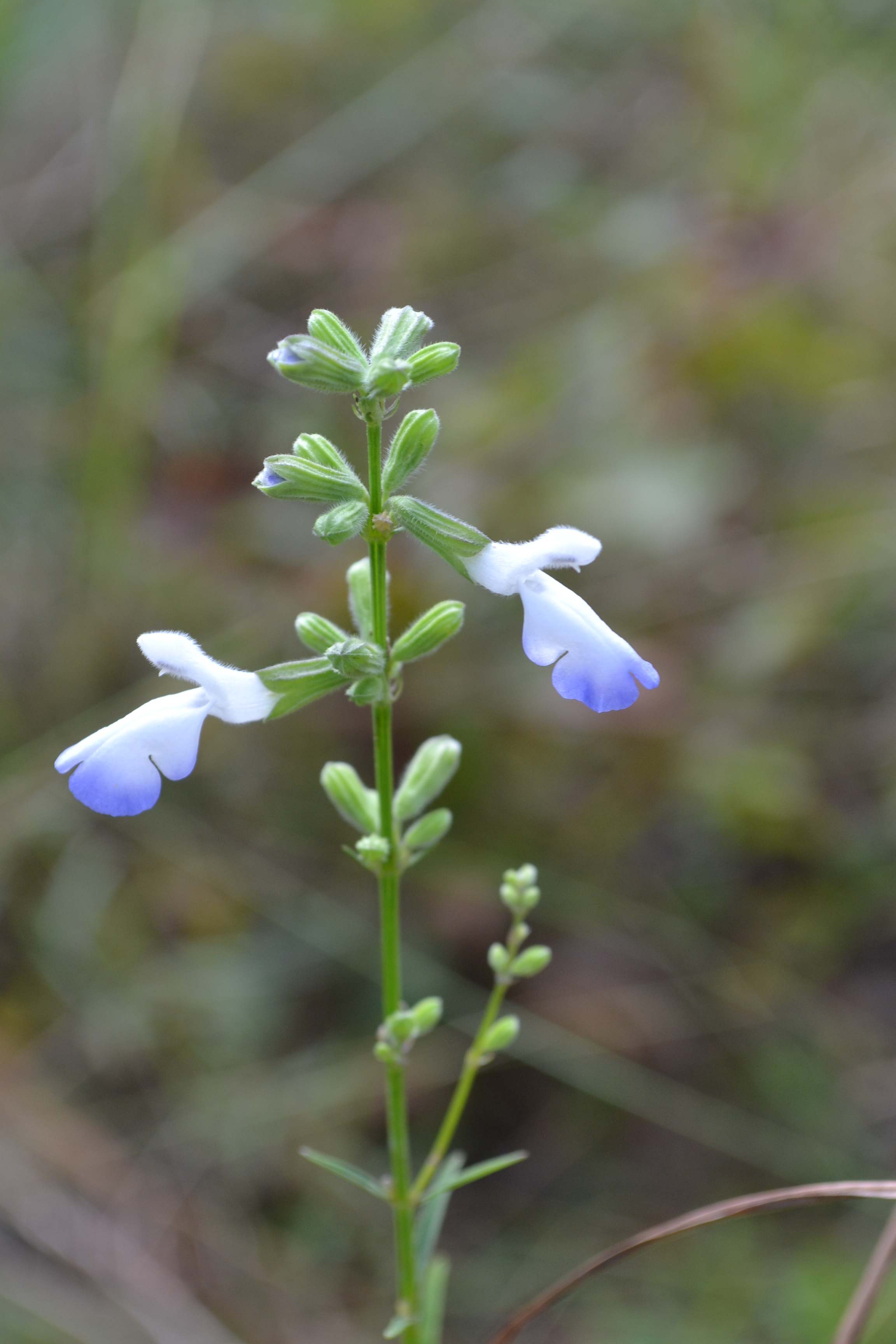Difference between revisions of "Salvia azurea"
KatieMccoy (talk | contribs) |
KatieMccoy (talk | contribs) (→References and notes) |
||
| Line 53: | Line 53: | ||
==References and notes== | ==References and notes== | ||
Damhoureyeh, S. A. and D. C. Hartnett. 1997. Effects of bison and cattle on growth, reproduction, and abundances of five tallgrass prairie forbs. American Journal of Botany 84:1719-1728. | Damhoureyeh, S. A. and D. C. Hartnett. 1997. Effects of bison and cattle on growth, reproduction, and abundances of five tallgrass prairie forbs. American Journal of Botany 84:1719-1728. | ||
| + | |||
| + | Florida State University Robert K. Godfrey Herbarium database. URL: [http://herbarium.bio.fsu.edu http://herbarium.bio.fsu.edu]. Last accessed: Collectors: States and Counties: Compiled by Tall Timbers Research Station and Land Conservancy. | ||
Nelson, Gil. Atlantic Coastal Plain Wildflowers: A Field Guide to the Wildflowers of the Coastal Regions of Virginia, North Carolina, South Carolina, Georgia, and Northeastern Florida. Guilford, CT: FalconGuide, 2006. 54. Print. | Nelson, Gil. Atlantic Coastal Plain Wildflowers: A Field Guide to the Wildflowers of the Coastal Regions of Virginia, North Carolina, South Carolina, Georgia, and Northeastern Florida. Guilford, CT: FalconGuide, 2006. 54. Print. | ||
Ostertag, T.E., and K.M. Robertson. 2007. A comparison of native versus old-field vegetation in upland pinelands managed with frequent fire, South Georgia, USA. Pages 109–120 in R.E. Masters and K.E.M. Galley (eds.). Proceedings of the 23rd Tall Timbers Fire Ecology Conference: Fire in Grassland and Shrubland Ecosystems. | Ostertag, T.E., and K.M. Robertson. 2007. A comparison of native versus old-field vegetation in upland pinelands managed with frequent fire, South Georgia, USA. Pages 109–120 in R.E. Masters and K.E.M. Galley (eds.). Proceedings of the 23rd Tall Timbers Fire Ecology Conference: Fire in Grassland and Shrubland Ecosystems. | ||
Revision as of 19:12, 6 October 2015
| Salvia azurea | |
|---|---|

| |
| Photo taken by Gil Nelson | |
| Scientific classification | |
| Kingdom: | Plantae |
| Division: | Magnoliophyta – Flowering plants |
| Class: | Magnoliopsida – Dicotyledons |
| Order: | Lamiales |
| Family: | Lamiaceae ⁄ Labiatae |
| Genus: | Salvia |
| Species: | S. azurea |
| Binomial name | |
| Salvia azurea Michx. ex Lam. | |

| |
| Natural range of Salvia azurea from USDA NRCS Plants Database. | |
Common name: azure blue sage
Contents
Taxonomic notes
Description
Azurea means "sky blue" referring to the color of the flower; however, some individuals may have white colored flowers (Nelson 2005). The corolla is typically white or white with blue tint near the petal tips in northern Florida and southern Georgia (KMR).
Distribution
In Kansas, it is found abundantly as a native tallgrass prairie perennial (Damhoureyeh & Hartnett 1997).
Ecology
Habitat
In the Coastal Plain in Florida and Georgia, S. azurea can be found in upland pinewoods, burned longleaf pine habitats, sandhills, sandy slopes, flatwoods, pine-oak-hickory woods, and mesic longleaf pine-wiregrass woods (FSU Herbarium, Nelson 2005) it can also grow in open slopes of power line corridors. It has been recorded to grow in moist sandy loam (FSU Herbarium).
In south Georgia upland pines, it is restricted to native groundcover (Ostertag and Robertson 2007).
Phenology
It blooms from September to November (Nelson 2005).
Seed dispersal
Seed bank and germination
Fire ecology
Pollination
Use by animals
Studies conducted with animals
In general (after experimenting the effects of bison and cattle on growth, reproduction, and abundances of Salvia azurea and other perennials), bison resulted in greater plant biomass and height, and lower number of stems per plant relative to plants in ungrazed sites, whereas cattle resulted in lower plant biomass, plant height, and number of stems per plant (Damhoureyeh & Hartnett 1997).
Diseases and parasites
Conservation and Management
Cultivation and restoration
Photo Gallery
References and notes
Damhoureyeh, S. A. and D. C. Hartnett. 1997. Effects of bison and cattle on growth, reproduction, and abundances of five tallgrass prairie forbs. American Journal of Botany 84:1719-1728.
Florida State University Robert K. Godfrey Herbarium database. URL: http://herbarium.bio.fsu.edu. Last accessed: Collectors: States and Counties: Compiled by Tall Timbers Research Station and Land Conservancy.
Nelson, Gil. Atlantic Coastal Plain Wildflowers: A Field Guide to the Wildflowers of the Coastal Regions of Virginia, North Carolina, South Carolina, Georgia, and Northeastern Florida. Guilford, CT: FalconGuide, 2006. 54. Print.
Ostertag, T.E., and K.M. Robertson. 2007. A comparison of native versus old-field vegetation in upland pinelands managed with frequent fire, South Georgia, USA. Pages 109–120 in R.E. Masters and K.E.M. Galley (eds.). Proceedings of the 23rd Tall Timbers Fire Ecology Conference: Fire in Grassland and Shrubland Ecosystems.
